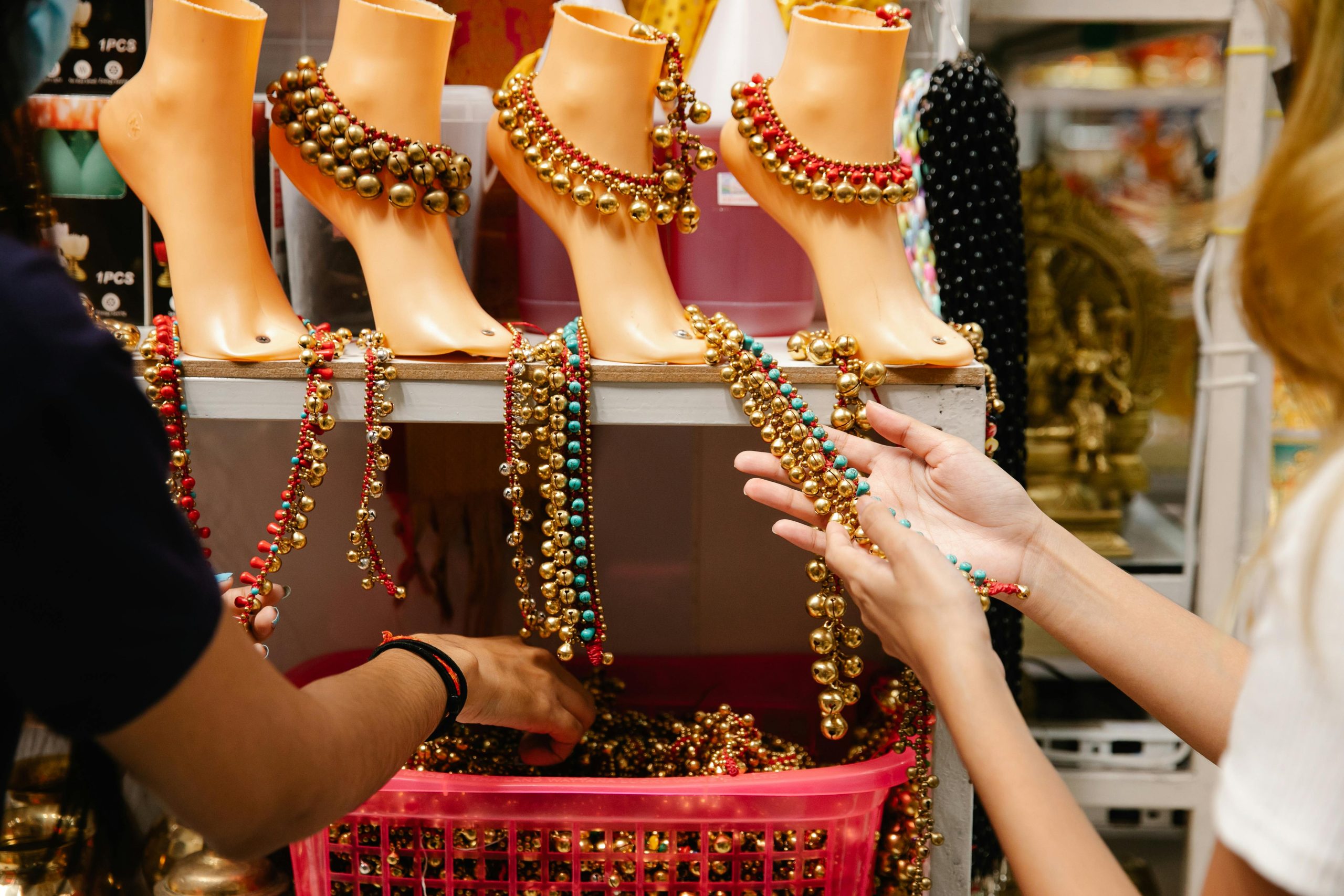Jewellery in Literature
Jewellery has been used as a means of expression for centuries. It’s not just a mere adornment but a universal language that speaks and says so much. It holds a cultural, literary and historical significance. The symbolic meanings offer insights into wealth, status, character, settings, themes and cultural identity. It serves as a silent language that speaks so much. Jewellery is something that has been worn since prehistoric times. Back then, it was made from stones, shells and bones. The people of that era wore it to protect themselves from the dangers of life or to denote their status/rank among the community.
Students studying a jewellery design and management programme should delve deep into the prehistoric and ancient world to understand the real meaning of jewellery. In the development of art of jewellery, working with metals was also discovered. Of course, now it is more sophisticated. To become a successful jewellery designer, jewellery should be traced down history.
Metaphorical Representation of Jewellery
In classic and modern literature particularly, jewellery holds a rich tapestry of meanings. Then and now, jewellery has been a prominent indicator of wealth and social status. Authors and writers used jewellery as a literary device. From representing abstract concepts to characterising personalities, the role of jewellery in novels cannot be overlooked. It also provides insights into core themes and messages. For instance, to describe a character’s wealth, she may be described as wearing “heavy diamond jewellery”. Readers are supposed to read between the lines and understand the character’s status. If a locket is mentioned, it can even be that the characters are in love.
Jewellery as a Symbol of Love
Jewellery in literature symbolises love and interpersonal relationships. For example, wedding rings are symbolic of commitment and marital status across various cultures. That’s why the phrase goes like “he put a ring on it”. In Shakespeare’s “Hamlet”, the protagonist receives jewellery as a token of appreciation and affection. It represents a paradox with no end. It leaves her in a dilemma whether to keep or return the gift.
The symbolism of jewellery in modern literature is often linked to a romantic affair. It often brings with it layers of complexity.
Jewellery as a Symbol of Greed, Power & Temptation
If you thought that the symbolism of jewellery in classic literature was only linked to joy, you’re mistaken. Jewellery is also associated with darker tales such as greed, temptation, betrayal and power. In “The Lord of the Rings”, the ring represents power, evil and temptation. The ring contains the demon’s essence which gives the wearer invisibility and control over others. The ring’s parasitic nature is depicted. The power of the ring can transform and change even the most pure-hearted person.
Jewellery in Modern Literature
In modern context, jewellery still symbolises socio-economic status. However, beyond indicating wealth, jewellery also represents materialism. Contemporary characters don’t find the need to flaunt wealth through opulence. Instead, they end up questioning materialism and societal values. This shift represents societal changes where overt display of wealth is viewed with scepticism.
Jewellery as a Mark of Identity
Lastly, jewellery encapsulates more than aesthetic appeal. Heirlooms such as rings, brooches and necklaces are passed down generations in classical tales to signify ancestry and legacy. Beyond being trinkets, the pieces signify familial lore and milestones. Jewellery is surely a symbol of lineage. In modern literature too, jewellery is linked to the character’s past thereby symbolising a journey towards self-empowerment and identity formation. The jewellery also acts as a symbol of continuity and change which bridges the character’s past and present self.
Conclusion
Beyond literary interpretations, jewellery in literature embodies metaphysical and metaphorical ideas. It is used to represent contemporary concerns and ideologies. Jewellery in literature surely provides a fascinating lens through which thematic elements can be viewed. Whether it’s classic or modern storytelling, jewellery is a symbol interwoven in many themes. It’s not just a functional or decorative item but a piece of metal that carries and denotes many meanings. Even today, for authors, jewellery remains as a powerful tool to explore complex human emotions and societal issues. The multifaceted meaning of jewellery adds a certain nuance to the pages of modern novels.




